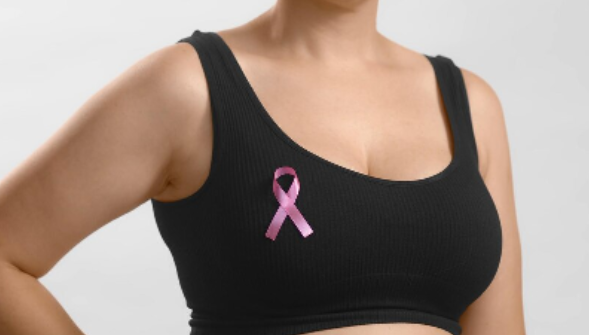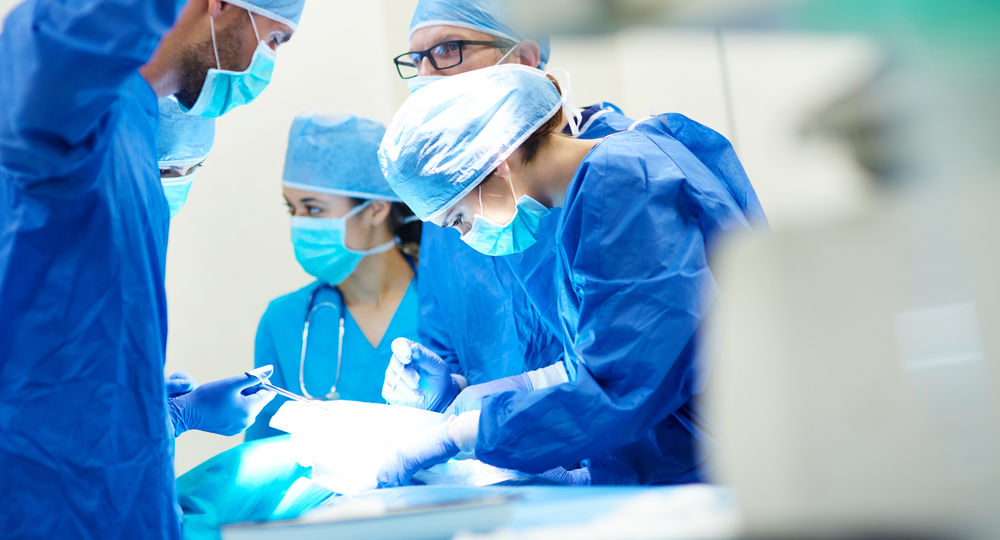Breast cancer is one of the most common forms of cancer affecting women worldwide, but early detection and advances in treatment have greatly improved outcomes. In this post, we’ll explore the basics of breast cancer, focusing on the stages, signs, and available treatments. It’s essential to be informed about this disease to take proactive steps toward early detection and care.
What Are the Stages of Breast Cancer?
Breast cancer is typically classified into stages that describe the extent to which cancer has developed. These stages help doctors determine the most appropriate treatments and give patients a clearer picture of what to expect. The stages range from 0 to IV, with stage 0 representing non-invasive cancers like ductal carcinoma in situ (DCIS) and stage IV indicating that cancer has spread to other parts of the body.
Each stage reflects the size of the tumor, whether cancer has spread to nearby lymph nodes, and if it has reached other organs. Understanding breast cancer stages can help patients and their loved ones grasp the seriousness of the diagnosis and discuss tailored treatment plans with healthcare professionals.
Early Detection: Why It Matters
One of the most critical aspects of fighting breast cancer is early detection. Catching breast cancer in its early stages can significantly increase the likelihood of successful treatment. Routine self-exams, mammograms, and regular visits to a healthcare provider are essential in identifying breast cancer early.
Signs and Symptoms to Watch Out For
Breast cancer may not cause symptoms right away, but knowing the signs can lead to earlier diagnosis. Here are some common symptoms:
- – A lump or thickening in the breast or underarm area
- – Changes in the size, shape, or appearance of the breast
- – Dimpling of the skin or changes to the texture
- – Unexplained redness or flakiness around the nipple
- – Nipple discharge (other than breast milk), especially if it’s bloody
If you notice any of these symptoms, schedule an appointment with your doctor as soon as possible.
The Stages of Breast Cancer: A Closer Look
Breast cancer progresses through several stages, each with its own characteristics and treatment considerations.
Stage 0: Non-Invasive Cancer
Stage 0 breast cancer, also known as ductal carcinoma in situ (DCIS), means that the abnormal cells are confined to the ducts in the breast and have not spread to surrounding tissue. At this stage, breast cancer is highly treatable, and the prognosis is generally excellent.
Stage I: Early Stage Invasive Cancer
At Stage I, the cancer is still small (2 centimeters or less) and hasn’t spread beyond the breast to the lymph nodes or has only affected a small area. Early-stage breast cancer is typically treated with surgery, radiation, and sometimes hormone therapy to reduce the chance of recurrence.
Stage II: Local Spread
Stage II breast cancer means that the tumor may be larger than 2 centimeters and has potentially spread to nearby lymph nodes but not to distant sites. Treatments for this stage often include a combination of surgery, radiation, chemotherapy, and targeted therapies.
Stage III: Regional Spread
At this stage, the cancer has spread to several lymph nodes and possibly nearby tissues, such as the chest wall or skin. Stage III breast cancer is considered advanced, and treatment becomes more aggressive, often involving chemotherapy before surgery to shrink the tumor, followed by surgery, radiation, and additional drug therapies.
Stage IV: Metastatic Breast Cancer
Stage IV breast cancer, also known as metastatic breast cancer, indicates that cancer has spread beyond the breast to other parts of the body, such as the bones, liver, lungs, or brain. Treatment for this stage focuses on controlling the disease, reducing symptoms, and improving quality of life. While metastatic breast cancer is not curable, advances in treatment have helped many women live longer, fuller lives.
Types of Breast Cancer
In addition to stages, breast cancer comes in various types, with some being more aggressive than others. The most common types include:
Ductal Carcinoma In Situ (DCIS)
DCIS is a non-invasive type of cancer found in the lining of the milk ducts. It’s often discovered during a mammogram and is considered an early form of breast cancer. Treatment typically involves surgery and radiation.
Invasive Ductal Carcinoma (IDC)
This is the most common type of breast cancer, starting in the milk ducts and spreading to surrounding breast tissue. IDC can spread to other parts of the body and is treated through a combination of surgery, radiation, chemotherapy, and hormone therapy, depending on the stage.
Invasive Lobular Carcinoma (ILC)
ILC starts in the milk-producing glands (lobules) and can spread to other parts of the body. Though less common than IDC, it’s still a significant type of breast cancer. Treatments are similar to IDC but can vary depending on specific factors like hormone receptor status.
Treatment Options for Breast Cancer
Once breast cancer is diagnosed, treatment plans are customized based on the stage and type of cancer, as well as individual factors like hormone receptor status and overall health. Here’s a breakdown of common treatment options:
Surgery
Surgery is a common first step in breast cancer treatment and includes options like lumpectomy (removing the tumor while conserving most of the breast) or mastectomy (removing one or both breasts). In many cases, surgery is combined with other treatments.
Radiation Therapy
Radiation therapy uses high-energy rays to target and destroy cancer cells in specific areas, usually following surgery to ensure any remaining cancer cells are eradicated. It’s particularly common after a lumpectomy.
Chemotherapy
Chemotherapy involves using powerful drugs to kill cancer cells and is often recommended for more advanced stages of breast cancer or to shrink tumors before surgery. It can be administered intravenously or in pill form and is typically used in cycles to give the body time to recover between treatments.
Hormone Therapy
If the breast cancer is hormone-receptor-positive, hormone therapy may be used to block the cancer’s ability to use hormones like estrogen and progesterone to grow. Common hormone therapies include drugs like tamoxifen and aromatase inhibitors, which can be taken for several years after the initial treatment.
Targeted Therapy
Targeted therapies are drugs designed to attack specific proteins that help cancer cells grow. One of the most well-known targeted therapies for breast cancer is trastuzumab (Herceptin), which targets the HER2 protein in certain types of breast cancer. These treatments tend to have fewer side effects than chemotherapy because they target cancer cells more precisely.
Immunotherapy
Immunotherapy is a newer form of treatment that helps the body’s immune system fight cancer. It’s still in the early stages of development for breast cancer, but it offers hope for more personalized and effective treatments in the future.

The Importance of Support and Self-Care
Receiving a breast cancer diagnosis can be overwhelming, but support from loved ones, healthcare teams, and support groups can make a big difference. Mental and emotional well-being is just as important as physical health when facing cancer. It’s essential to talk openly with your care team about any concerns, including side effects, treatment choices, and coping strategies.
Self-care practices, such as eating a healthy diet, staying active, and managing stress, can also help during treatment. Many women find comfort in mindfulness practices like meditation or yoga, which can alleviate anxiety and improve overall well-being.
Conclusion
Breast cancer is a complex disease, but understanding its stages, types, and treatment options can help patients make informed decisions about their care. Early detection remains a key factor in improving survival rates, and with advancements in medical research, new treatments continue to emerge, giving hope to those affected by this disease.
If you or someone you love has been diagnosed with breast cancer, remember that you’re not alone. Reach out for support, stay informed about your options, and maintain open communication with your healthcare providers. With the right care and resources, many women successfully manage and overcome breast cancer, leading full and vibrant lives.






